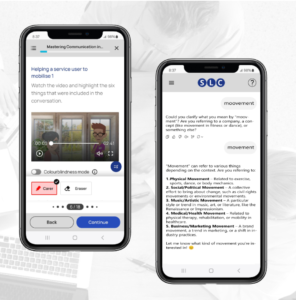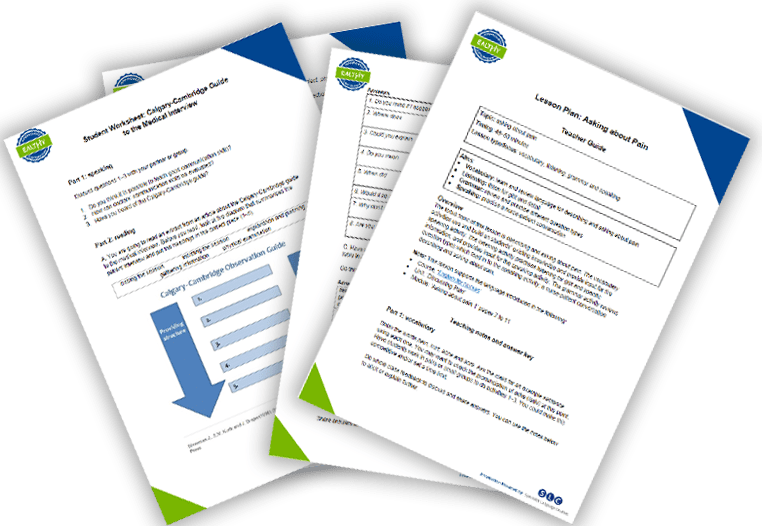
SLC win Ufi grant to develop AI language learning app for social carers
We’re delighted to have won a grant from Ufi VocTech Trust to develop an AI-driven technology solution that provides cheap phone-based language and communication skills

This lesson enables students to describe and discuss oxygen therapy, and covers multiple skills and vocabulary. It is relevant for nursing students and professionals.
B2 (intermediate) level
Note: this article introduces the first part of the Teachers Notes. There is a link at the bottom to download the complete set of Teacher’s Notes and the Student Worksheet, so you can use this in your lessons.
● Topic: Describing oxygen therapy
● Timing: 45 mins
● Lesson type/focus: speaking, reading, vocabulary and writing
● Speaking: discuss and practise language for oxygen therapy
● Reading: read for specific information
● Vocabulary: learn and review language for oxygen therapy
● Writing: practise organising and presenting information
The focus of the lesson is describing oxygen therapy. The speaking activity introduces the topic and gives students the opportunity to share their ideas and experience. The reading activity contextualises some of this language and practises reading for specific information. The vocabulary activities introduce/review key vocabulary. The writing activity uses language from the lesson and to produce a piece of patient/carer-centred writing.
Note: This lesson supports the language introduced in the following:
● Course: English for Nurses: Getting the Essentials Right
● Unit: Breathing Difficulties
● Module: ‘Breathing equipment’ pages 8 and 12
Put students into pairs or small groups and ask them to discuss questions 1–4 on the student worksheet. Encourage them to share examples from their own experience.
Do whole class feedback to discuss and share answers.
Have students work in individually, or in pairs, to read the text to find the answers to questions 1–6. Tell students to concentrate on finding the answers rather than any words they don’t know at this stage.
Go through the answers as a class.
Have students read the text through again individually and highlight any new words. Deal with any vocabulary queries.
1.c 2.c 3.b 4.b 5.a 6.c
Review the meanings of medical prefixes hyper- and hypo-.
hypo-: low, depressed levels of, reduced
Note: hypo- + word/ word part which starts with o becomes hyp-
hyper-: high, excessive amounts of, increased
Have students identify the medical terms in the text with the prefixes hypo- and hyper- (hypoxia, hyperbaric).
Then have them work in pairs to write down other medical terms which also use these prefixes. Ask them to explain what they mean.
hypo- | hyper- |
hypoxia | hyperbaric |
hypothermia | hyperthermia |
hypotension | hypertension |
hypoglycaemia | hyperglycaemia |
Download the complete lesson plan and student worksheet:

We have many more available on our partner’s website. EALTHY is a unique international association for
English for Healthcare teachers, writers and researchers. It offers members a growing bank of lesson plans, OET resources, articles and research summaries, as well as free and discounted access to conferences, journals, publications and SLC courses!
Through our partnership, we publish at least three new plans in the EALTHY Members Area every week. So, if you’re a teacher looking for excellent resources, now is the time to join an international English for Healthcare community and take advantage of everything EALTHY has to offer.
Annual memberships are available for teachers and for institutions. We hope very much to see you there!
Get your monthly updates and latest materials on Medical English

We’re delighted to have won a grant from Ufi VocTech Trust to develop an AI-driven technology solution that provides cheap phone-based language and communication skills

We’re delighted to announce a partnership with leading Medical English app, Doxa.
